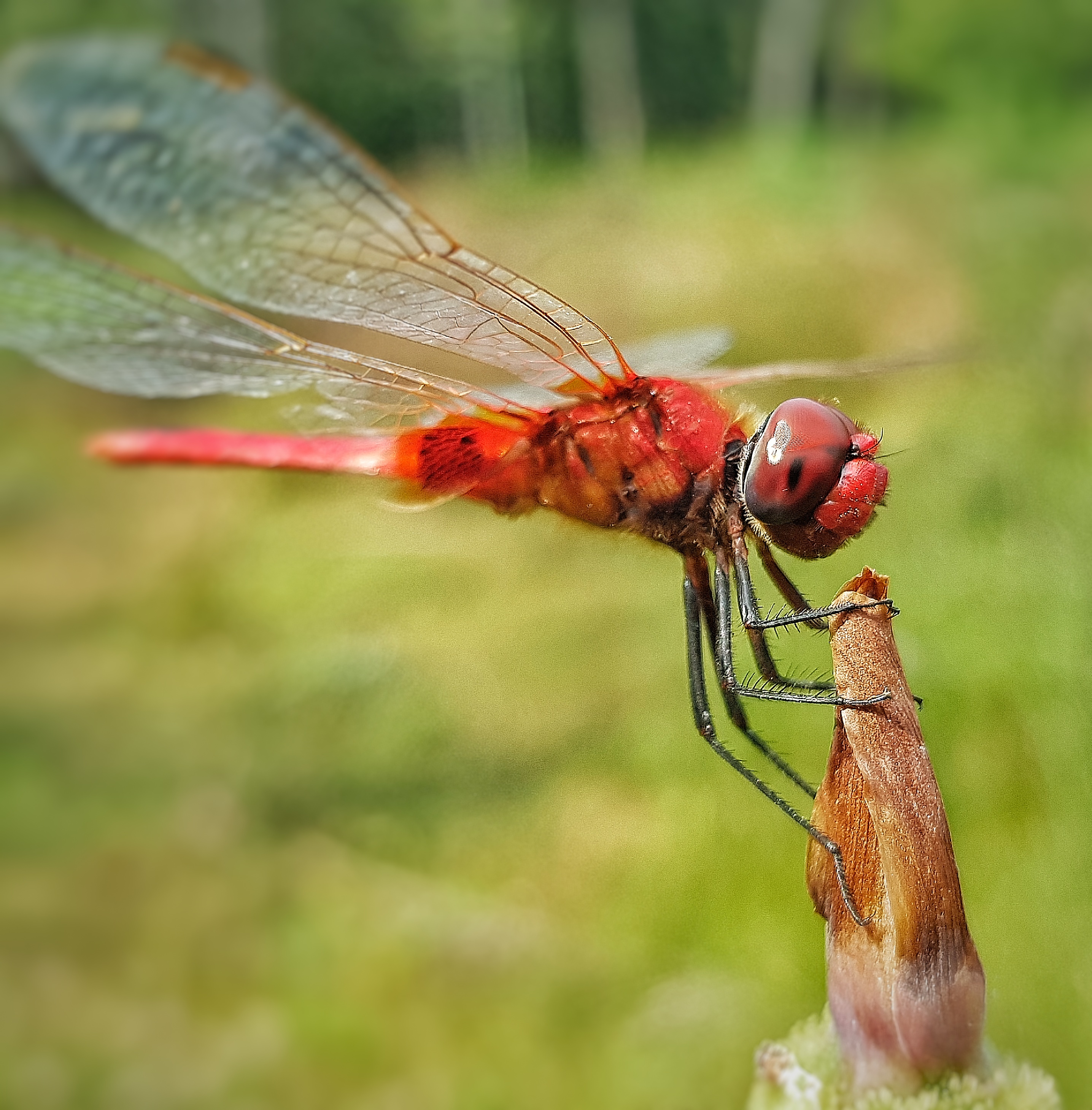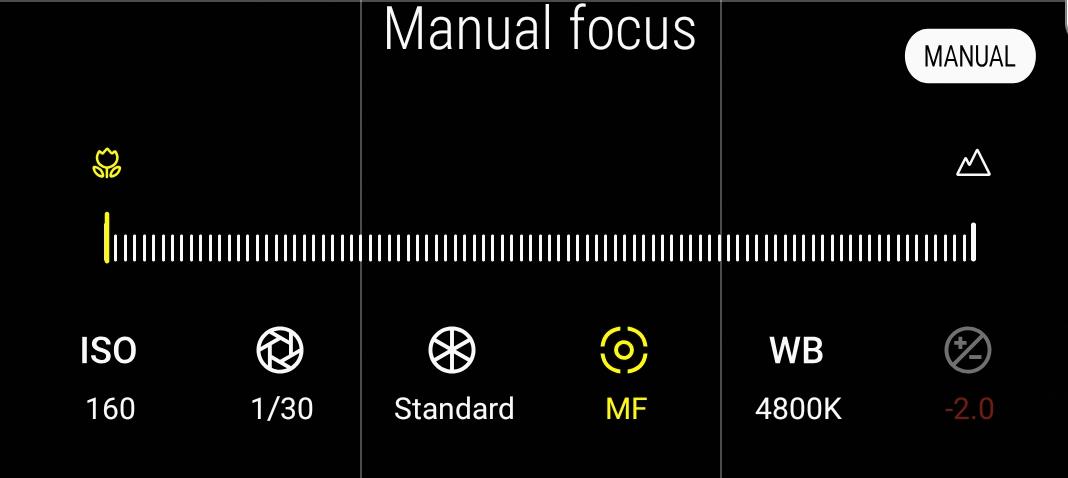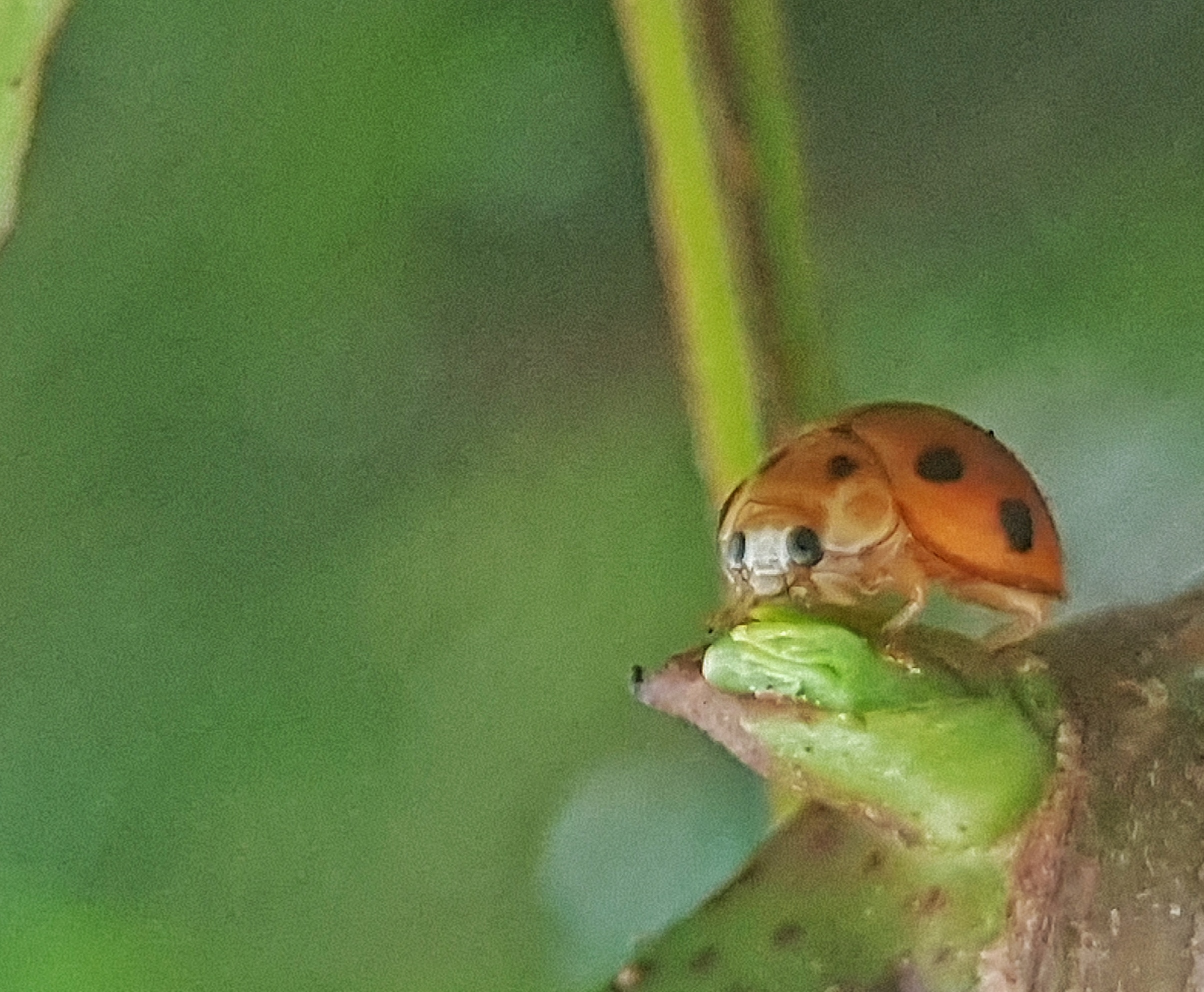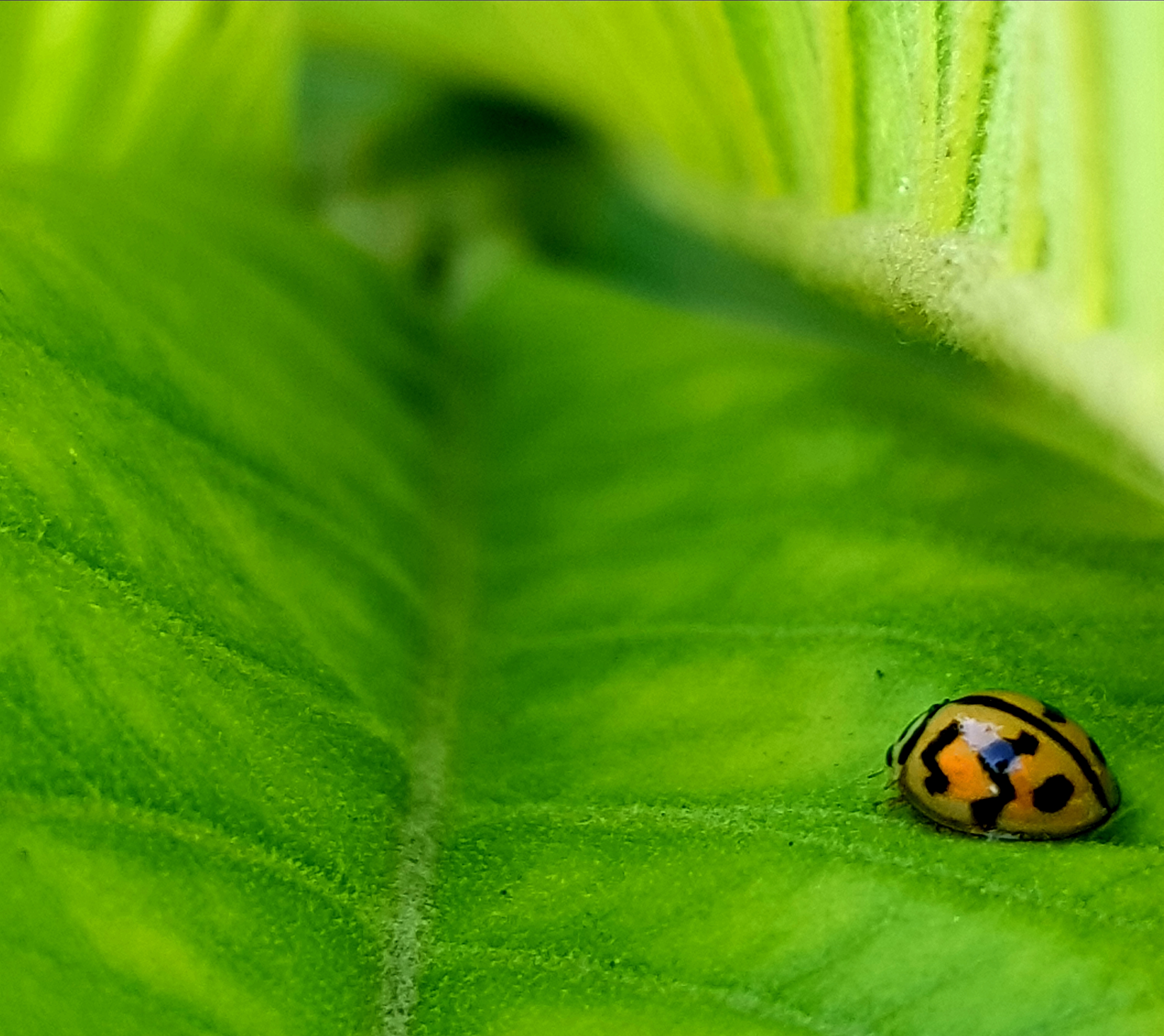

Focus is a vital aspect of manual mode that can help you to adjust the focal length of the camera. For really small objects, you would need to go very close to get a clear image. You might have noticed that when you do this, the picture would get really blurry in auto mode, and adjusting would be really hard. You would then resort to stepping back and zooming in, making the picture more pixelated and blurry. Manual mode helps to fix this. By moving the slider to the smallest focus, the object would appear sharper. This is particularly helpful for macro photography, especially for capturing insects like dragonflies and butterflies.
Focus also helps you to toggle between emphasis on the foreground and background of the image. By focusing on the subject in the foreground, the background automatically blurs, making the subject stand out.

